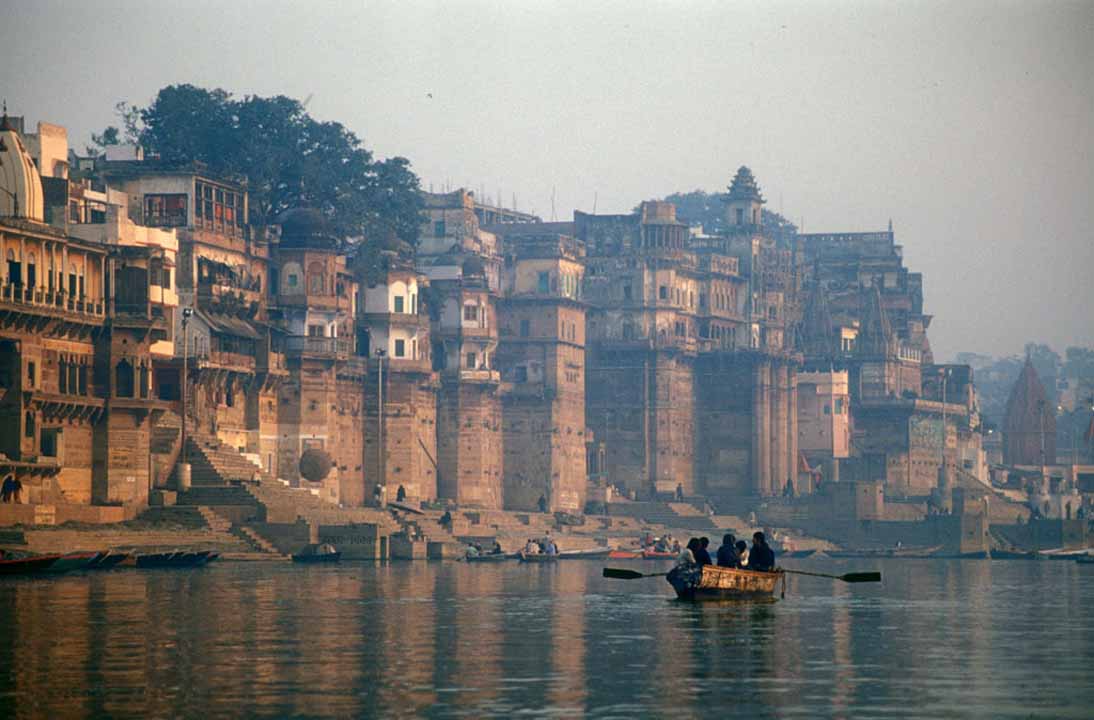
For millennia, the Ganges River, holy to Hindus, has provided livelihoods, food, and water for Nepal, India, and Bangladesh. Last month, one of India’s leading environmental activists died after a 111-day hunger strike, failing to evoke changes to save India’s most revered river (known as Ganga). Image: By Babasteve – https://www.flickr.com/photo_zoom.gne?id=3267702&context=set-781175&size=o, CC BY 2.0, https://commons.wikimedia.org/w/index.php?curid=1859422
